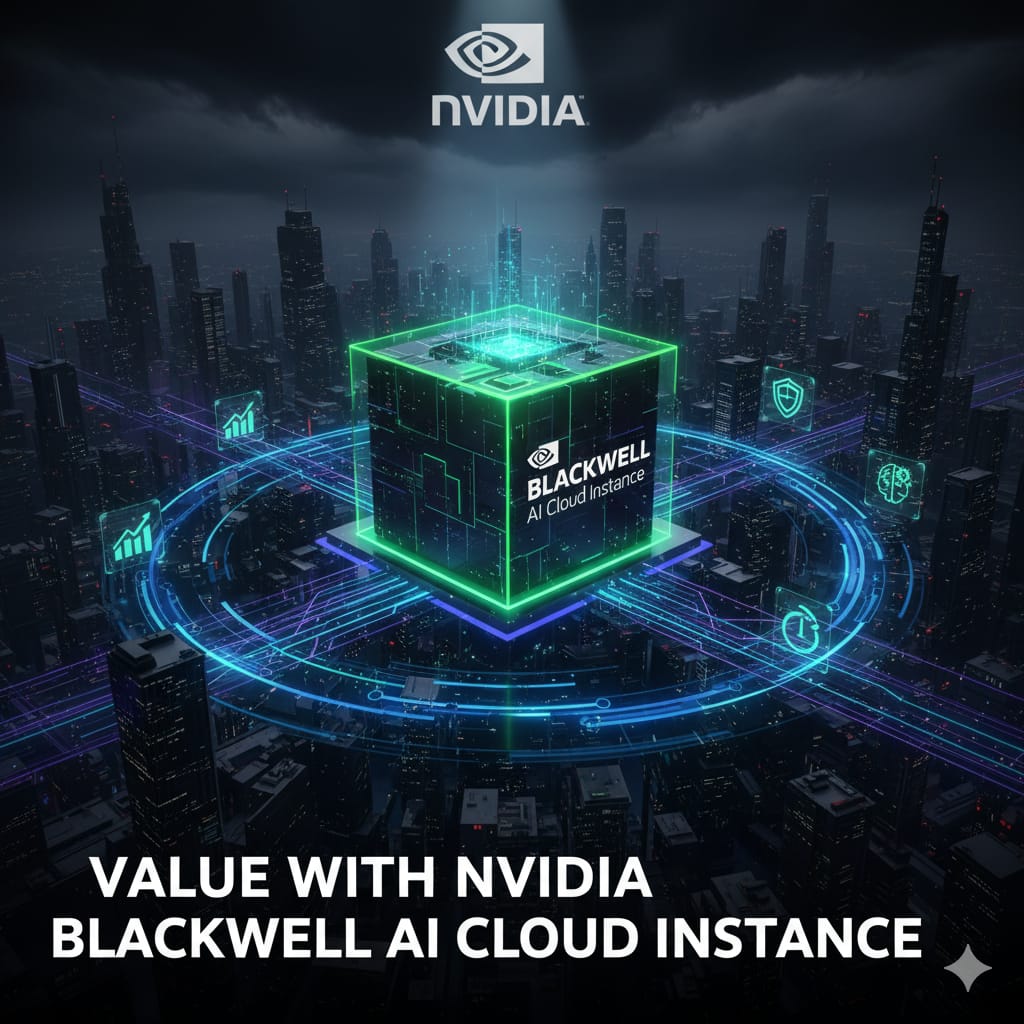Introduction to AI and Automation in Business
Artificial intelligence (AI) and automation are revolutionizing the business landscape by streamlining operations, improving decision-making, and creating new revenue opportunities. Central to this transformation is the advancement of hardware architectures that power AI systems. Nvidia's Blackwell architecture is a significant leap in AI hardware, providing unprecedented performance and efficiency tailored for enterprise AI applications.
Nvidia Blackwell Architecture: A Technological Breakthrough
Nvidia's Blackwell architecture succeeds the Hopper design, introducing a dual-chip configuration that enhances computational power and memory capabilities. This design enables businesses to deploy more complex AI models and process larger datasets in shorter times. The advanced memory system supports faster data throughput, crucial for real-time analytics and AI-driven automation tasks [1].
The Blackwell architecture focuses on optimizing AI workloads such as natural language processing (NLP), computer vision, and recommendation systems, making it ideal for a variety of industries including finance, healthcare, manufacturing, and retail [1].
Real-World Applications and Business Impact
Several businesses have already begun integrating similar advanced AI architectures to transform their operations:
- Financial Services: Automated fraud detection systems use AI models that require rapid processing and high accuracy. Blackwell's architecture enables these models to run in real time, reducing fraudulent transactions and minimizing losses.
- Healthcare: AI-powered diagnostics and personalized medicine rely on processing vast medical imaging datasets. Blackwell facilitates faster analysis, leading to quicker and more precise patient outcomes.
- Manufacturing: Automation driven by predictive maintenance models benefits from Blackwell's performance by anticipating equipment failures before they occur, reducing downtime and operational costs.
Steps for Integrating AI and Automation Powered by Blackwell
To leverage the business value of AI automation using Nvidia's Blackwell architecture, organizations should follow these steps:
- Assess Business Needs: Identify processes that can benefit from AI automation such as customer service, supply chain management, or data analytics.
- Develop or Adopt AI Models: Utilize pre-trained models or develop custom ones compatible with Blackwell's enhanced compute capabilities.
- Infrastructure Setup: Deploy the appropriate hardware setup with Nvidia Blackwell GPUs ensuring adequate power and cooling systems.
- Integration: Embed AI solutions into existing IT frameworks to enable seamless automation and data flow.
- Training and Optimization: Continuously train AI models with new data, optimizing performance to maximize business outcomes.
- Monitoring and Maintenance: Implement robust monitoring to quickly identify and resolve issues, ensuring consistent AI performance and reliability.
Risks and Challenges
While the benefits are substantial, there are risks and challenges that organizations must address:
- Data Privacy and Security: Enhanced AI capabilities require large datasets, raising concerns about protecting sensitive information.
- High Initial Investment: Integrating cutting-edge hardware like Nvidia Blackwell involves significant capital expenditure.
- Skill Gaps: Developing and maintaining AI solutions require specialized expertise, necessitating investment in training or hiring skilled personnel.
- System Integration Complexity: Combining new AI automation tools with legacy systems can be complex and time-consuming.
Addressing these risks involves adopting best practices in data governance, phased deployment strategies, and continuous employee training.
Conclusion
Nvidia's Blackwell architecture significantly advances AI hardware capabilities, enabling businesses to unlock greater value through AI and automation. By deploying this technology thoughtfully, organizations can gain competitive advantages, improve operational efficiencies, and innovate across sectors. However, success depends on careful planning, addressing risks, and investing in the necessary infrastructure and talent.
As AI and automation continue to evolve, architectures like Blackwell will play a crucial role in shaping the future of enterprise business transformation.




